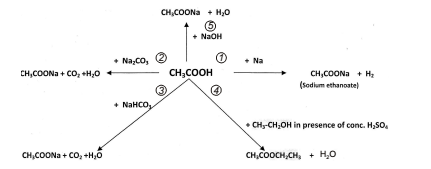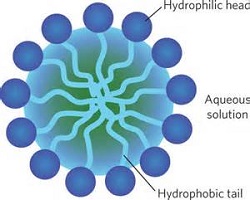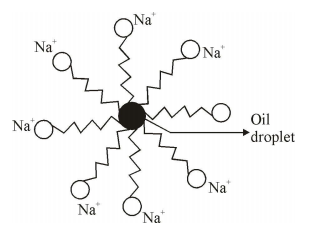REVISION WORKSHEET-CLASS 8
FORCE AND PRESSURE
FORCE AND PRESSURE
The woman wearing sandals with flat soles will feel more comfortable while walking on the sandy beach. The flat soles have larger area compared to the sandals with pointed heels. Since the two women are of the same weight, they will apply same force on the ground. Therefore, the pressure exerted by the pointed heels will be more compared to that with sandals having flat soles. As a result the pointed heel sandals will sink more in the sand than the flat sole sandals. Hence, walking with flat sole sandals will be more comfortable.






































